You’re all but stranded, clinging to something that could maybe be called a satellite if it was one solid object. But it’s an amalgamation of several spacecraft that have been fused together over the years to form some kind of stellar hulk. Inside is some data, vital data, that you’re risking your wellbeing for. Your synthetic muscles are atrophying. Your left hand has glitched and is basically unusable. You have no more supplies and the stress of the expedition, both mental and physical, has led to both of your crewmates tapping out.
You can only rely on yourself. You can only trust yourself. But when your body is so rapidly decaying, when it glitches out at random intervals, when you need it more than ever in order to escape the impossibly long arm of your abuser, it shuts down. Your supplies are running thin but you’re oh so close to cracking the code, to getting your hands on the precious data you need to start afresh. Do you push yourself to breaking point, or do you retreat, regroup, and try another approach?
These are the questions that Citizen Sleeper 2: Starward Vector asks of you nearly every cycle, and never more so than when undertaking contracts. Contracts are one of the biggest ways that Starward Vector iterates on its predecessor. Developer Gareth Damian Martin previously told TheGamer that they leaned far more heavily into the RPG mechanics of the sequel to “spite” those who labelled the first game a visual novel, and these missions scattered through the game’s roughly 12-hour runtime are the summation.
On The Job
Contracts are time-limited missions where you and two crewmates must achieve a goal within an allotted timeframe. Sounds simple, right? Wrong. Your time is dictated by how many supplies you take, to a maximum of five cycles. After that, you will accrue stress for every cycle you remain. If you’re skint and can’t afford to stock up? Tough luck, you’ve got fewer cycles to achieve the same goals, and therefore have to risk your worst dice rolls in unfavourable scenarios.
Negative dice rolls also increase your stress. Too much stress can knock your crewmates out of action (meaning fewer dice to work with), corrupt and break your own dice (meaning fewer dice to work with), and even fail the mission entirely (meaning, well, no dice). It constantly puts you on edge and forces you to push your Sleeper’s body to breaking point in order to pull through.
The point of this mechanic is to create friction, to create the tension that the Sleeper always feels in this punishing universe. And it achieves that. But I sometimes wonder if it’s a little too harsh. Accumulating stress on neutral outcomes of dice rolls feels unearned, and you can fill up your meter without ever rolling a negative outcome. When this is combined with glitches – barely usable dice that always offer a 20 percent chance of success no matter your specialisations – you can quickly end up with just one usable die in some situations.
This is okay on a major space station like Flotsam. You can work to rectify it even with some time pressures. On a contract, however? You’ve got no chance of success, and can’t even call the mission off to save your mechanical frame and preserve your supplies. You must see it through to the bitter end, despite knowing it’s all for naught. That’s the brutal reality of life in the Starward Belt, but damned if it isn’t frustrating when you’re just trying to roll some dice.
I suspect that this is all intentional, that Damian Martin wants to evoke a sense of despair, of entropy, of the futility of your mission. But that doesn’t make it feel any less aggravating when it happens time and time again, especially early in the game, before you’ve gathered enough resources to reverse your fortunes.
Navigating The Starward Belt
It’s only natural that you don’t know the Belt as well as you know the Eye from the first game. Where you spend the entirety of Citizen Sleeper aboard one decaying space station, you flit between ten different locations over the same runtime in Starward Vector. None ever quite feel like the home that the Eye became – my ‘canon’ Sleeper became one with the Greenway – and I felt less strongly about most NPCs I met.
But there’s good reason for this. The Rig is your home. Your ramshackle spacecraft, piloted by best friend Serafin, is your one refuge from the perpetual danger of the Belt. From the knicknacks decorating the dashboard to the loveable stowaway who appears halfway through, The Rig is yours. It’s just about the only thing in this galaxy that is.
“Don’t make the effort, and you miss out on Citizen Sleeper 2’s best characters.”
Yours, too, are the crew. You can recruit as many or as few as you like, depending on the impression they make on you. And these are the characters who will make an impression on you. There are a handful of memorable non-companion characters, some you may remember from the first game and others brand new, but for the most part you’ll interact with your crewmates.
With A Little Help From Your Friends
From the prickly Yu-Jin, to the two-faced Juni, to a returning, hardened Bliss, your crew each have their own goals in the Belt and it’s up to you whether you want to help them. All are well characterised and written with the depth you’d expect from a narrative game from Damian Martin, and you get as much out of them as you put in – much like a real relationship. If you aid them with their quests, find the mythical spaceship they’re hunting or just give them a place to call home, they will open up and endear themselves to you over the course of the game. Don’t make the effort, and you miss out on Citizen Sleeper 2’s best characters.
However, I’d prefer if they had a little more agency – like if your beloved crewmates could betray you to their own ends, as is hinted at early in the game. If they could leave your crew because you’ve put their personal missions on the backburner while you deal with bigger issues. If they could interact with each other independently of your actions. I would die for Flint, but I want to know what they would have done had I not given them my all.
The same goes for the Sleeper themself. The first Citizen Sleeper game had multiple endings, and even different outcomes within each ending. That is not the case with this game which, despite offering the freedom of an entire system, feels more linear. You need X item to get to Y space station and there’s little else to do other than go there. Crewmate quests feel like side quests, and completing them offers great narrative juice but no alternative ending to that predicated by the main series of unavoidable events. That’s pretty normal for games, but after the openness of Erlin’s Eye, it can’t help but feel restrictive.
However, this loveable, ragtag crew creates difficult decisions of their own. Do you take your favourite crewmates on contracts, or the ones best suited? You don’t know what any contract will throw at you, so it’s best to maximise the range of skills you have at your disposal. But will you miss out on hearing your bestie’s thoughts on the mission at hand or, worse, some crucial character development between you and them.
Annoyingly, some crewmates who are forced onto certain contracts for narrative reasons often have skills that are fundamentally detrimental in the required scenarios.
This gets easier as time goes on, which is the case for most of the game. At the beginning, when Laine is hot on your heels and your body is trying to get to grips with a failed reboot, when chits are short and supplies are shorter, things are tough. My Sleeper would practically break down from stress after every vital contract. Once you’ve reached the halfway point, however, Laine is preoccupied. You’ve got a healthy stash of supplies and chits out the wazoo. Any stresses or glitches are resolvable through rest or repair. There are even parts of the system where Laine can’t catch you, even if he’s still on your tail.
It’s an unusual way of building a game, and occasionally threatens to undermine the narrative and mechanical tension. However, it befits your Sleeper’s journey, and the stakes of the final act are suitably high to get the adrenaline pumping through your synthetic veins once again.
Starward Vector only truly falls down when compared to its predecessor. I miss getting to know one station like the back of my hand, I miss spending hours talking to Emphis the noodle guy. The Rig is a substitute for this, and your crewmates offer companionship in the bleak post-capitalist future, but it all feels stretched too thin over a system I don’t feel like I know that well even after two playthroughs. Citizen Sleeper excelled by telling deep stories in a confined setting. By letting us loose on an entire system, Starward Vector loses some of the tension, some of the friendships, and some of the magic.
Starward Vector is at its best when it tackles modern problems and expertly blends them with science-fiction concepts. Workers unionising, the gig economy, overbearing family members. The writing is as striking as it is illustrative, which is so important in a text-based game. The RPG mechanics have been fleshed out, iterated, doubled down upon. It’s Citizen Sleeper, but more. I’m just not sure if I wanted less.
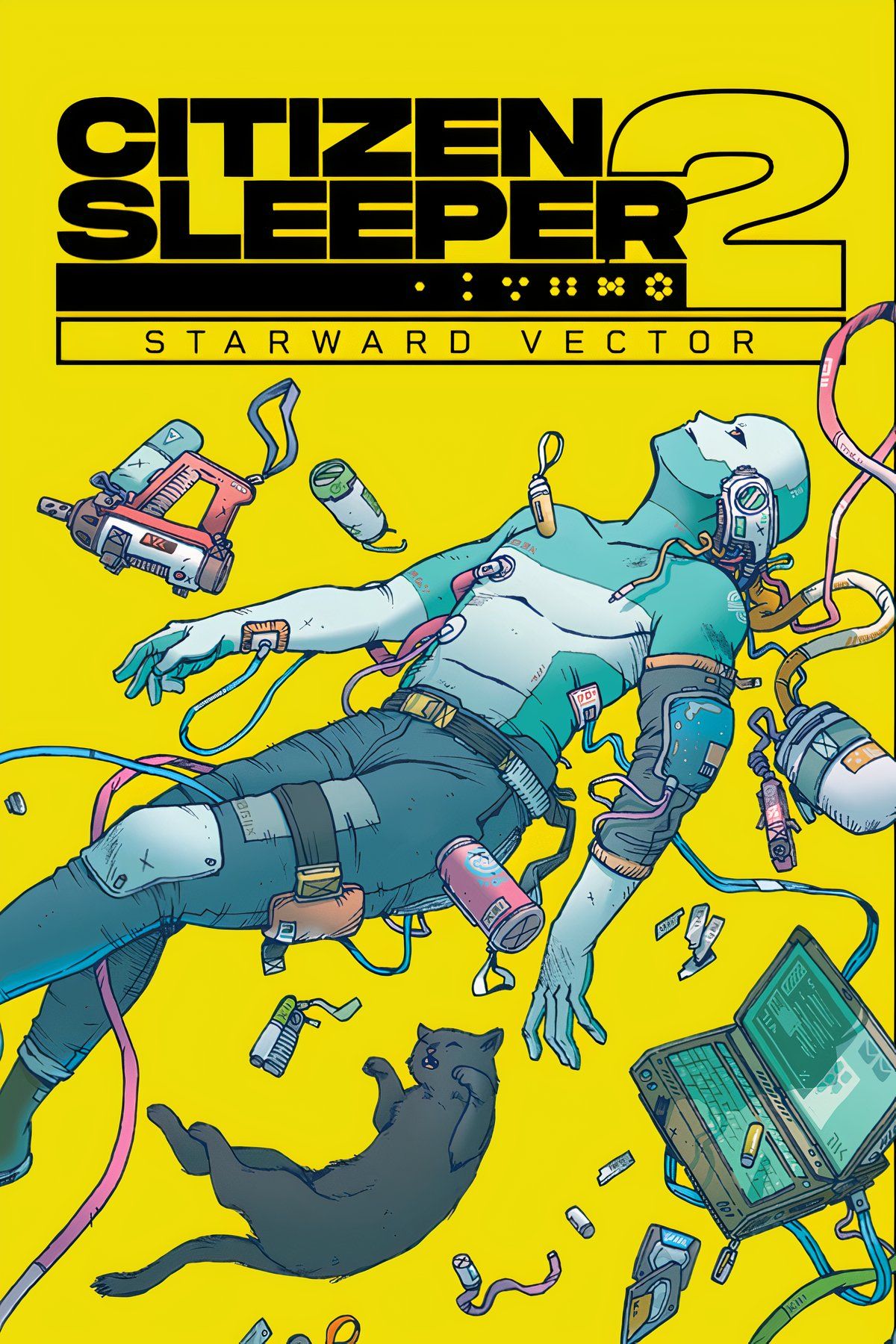
Reviewed on PC.
- Released
-
January 31, 2025
- ESRB
-
T For Teen Due To Violent References, Use of Alcohol And Tobacco, Drug Reference, Language
- Developer(s)
-
Jump Over the Age
- Publisher(s)
-
Fellow Traveller
- Brilliant iteration of the first game?s dice system
- Contracts add extra stressors (literally) to gameplay
- Crewmates are brilliantly characterised
- Superb writing throughout
- Contracts are sometimes overly punishing
- The game can feel stretched too wide


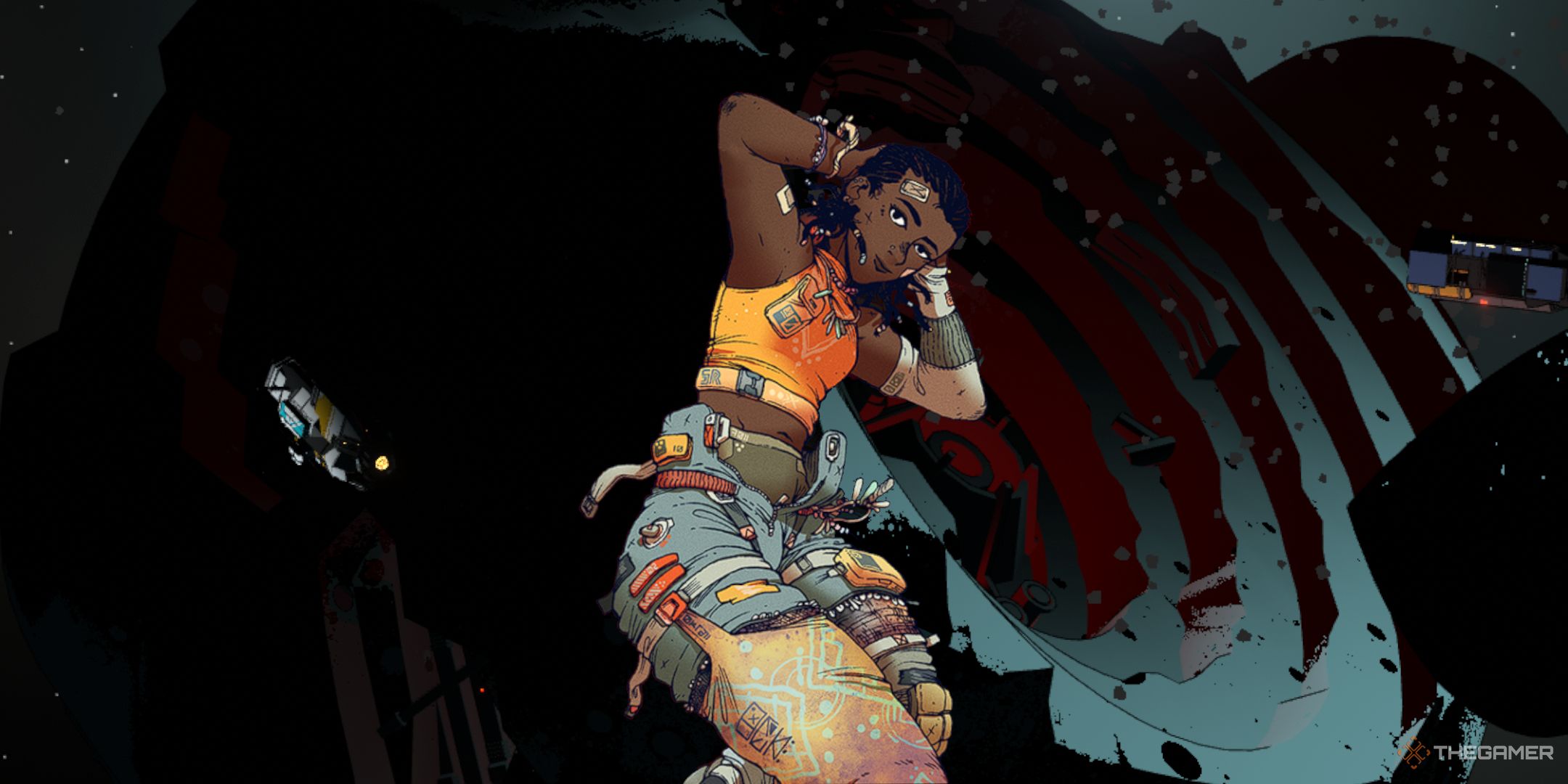
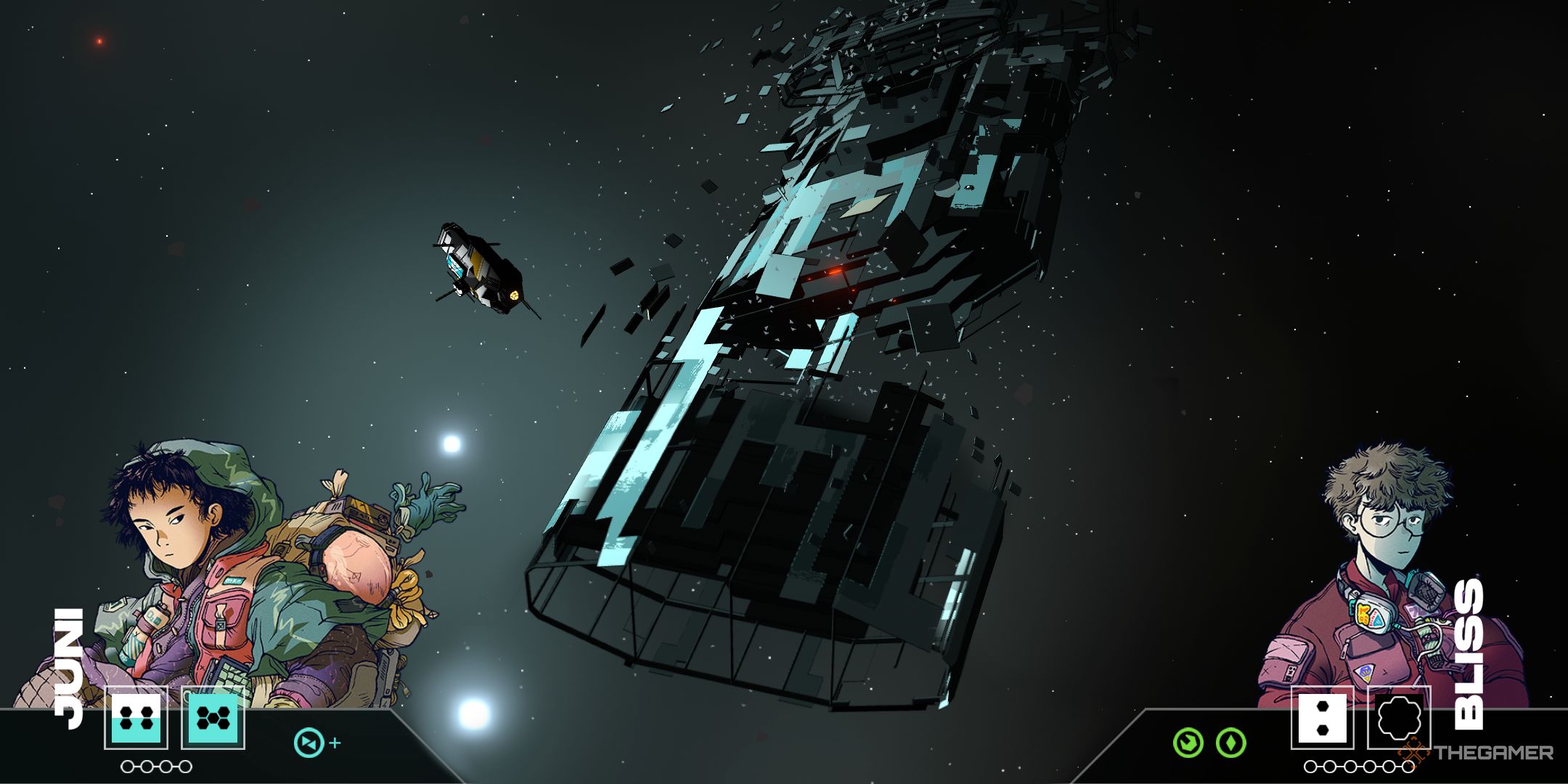


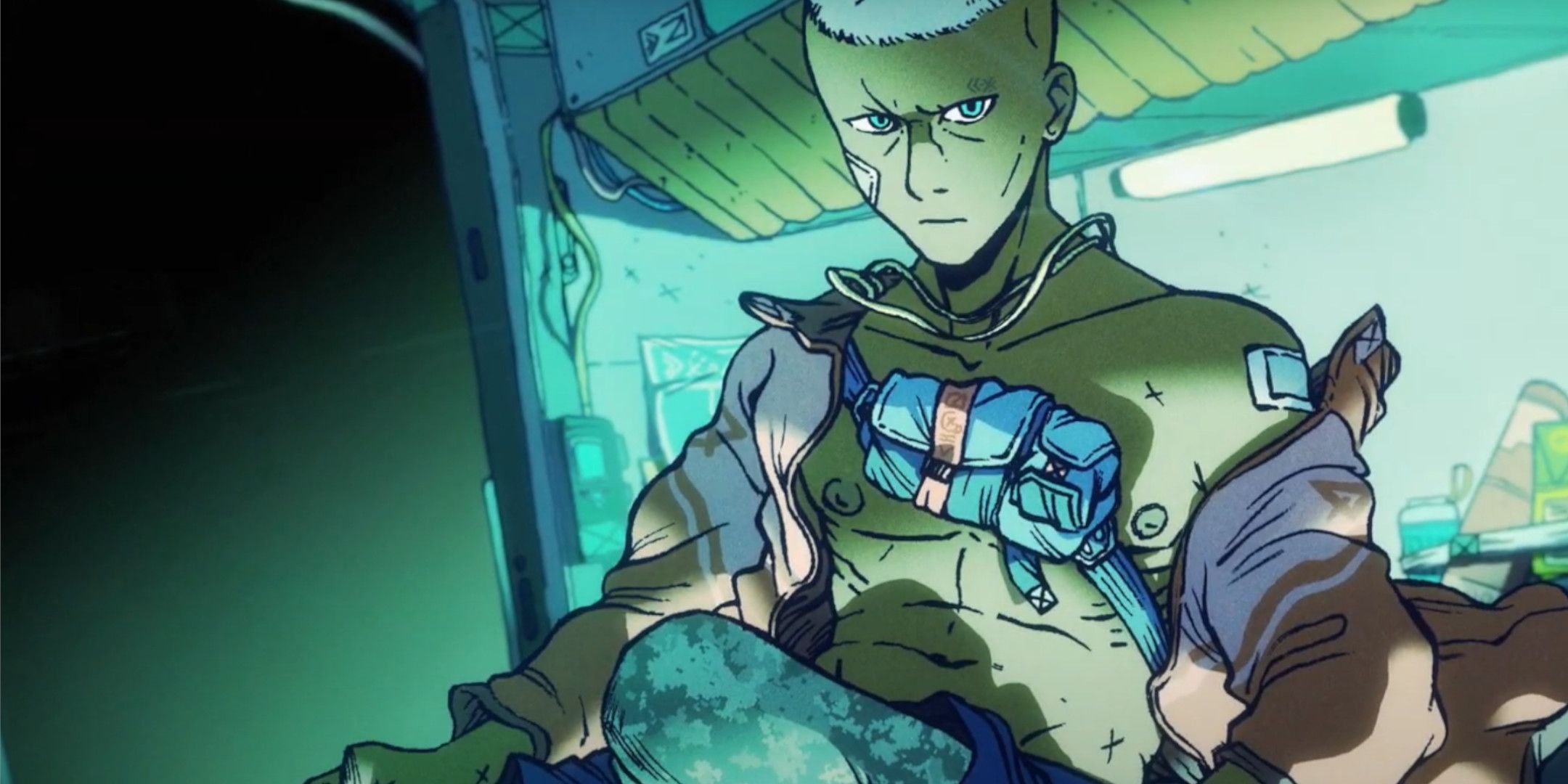
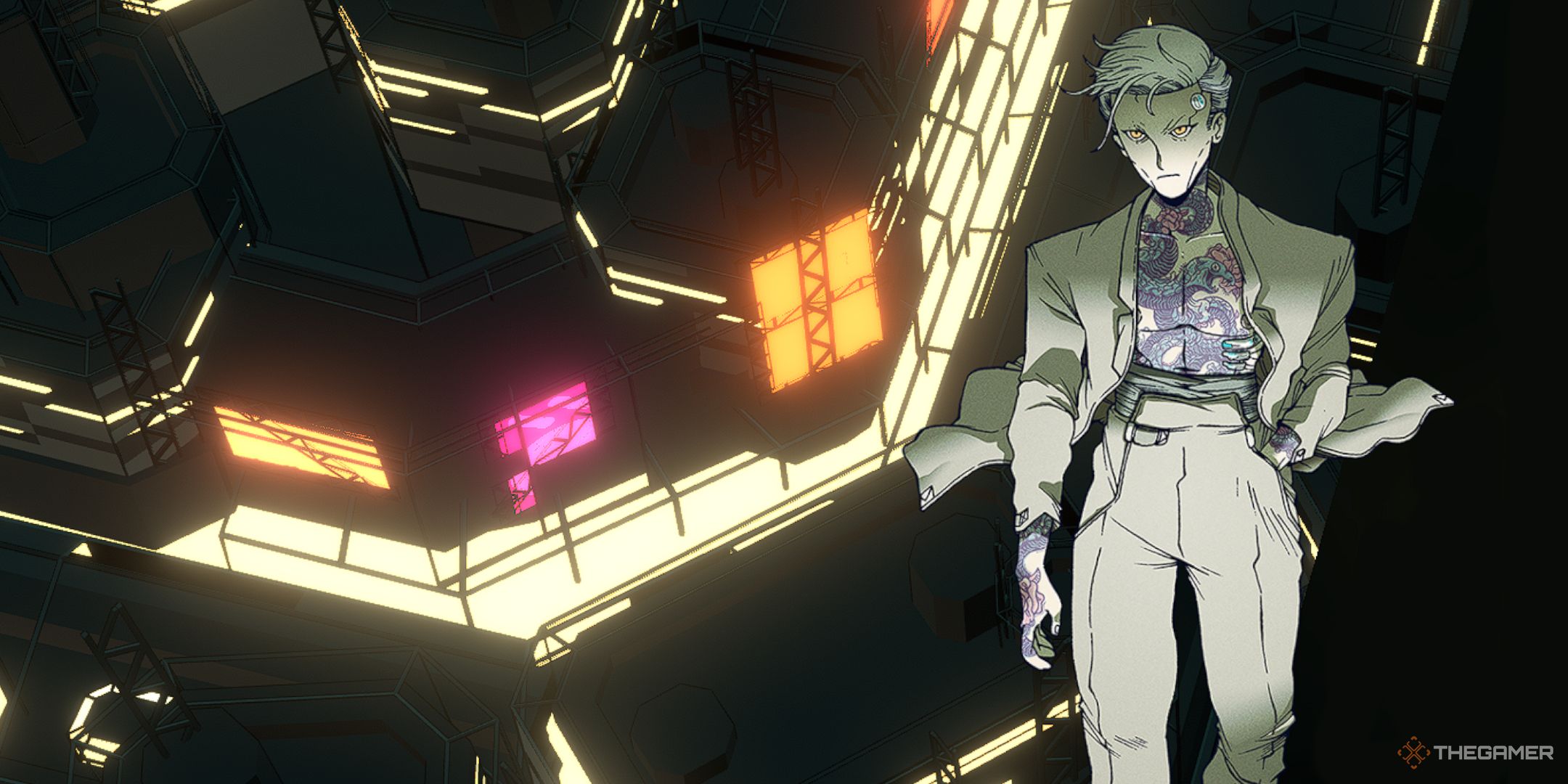







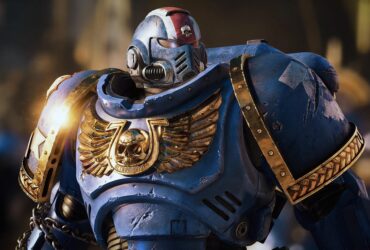

Leave a Reply